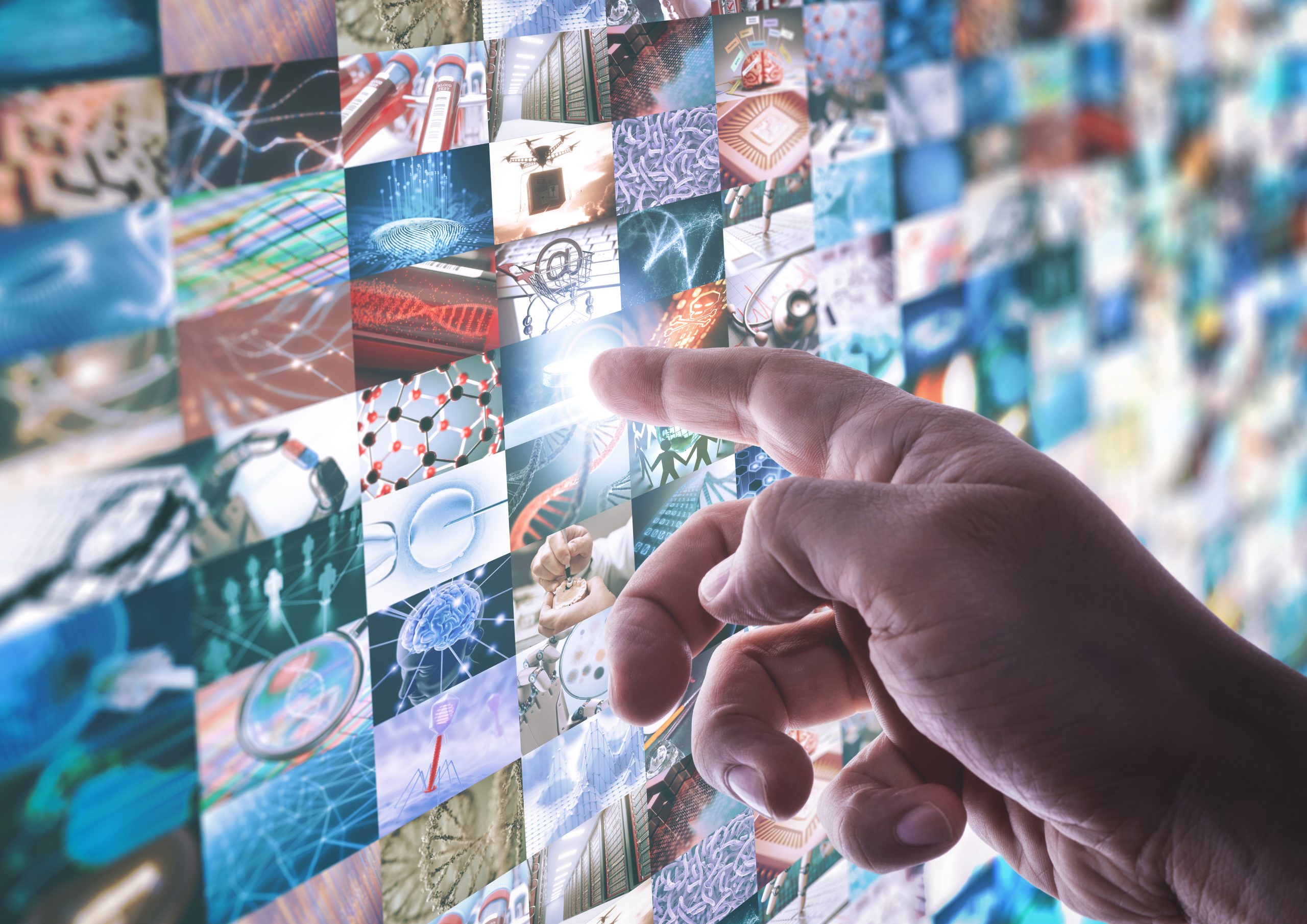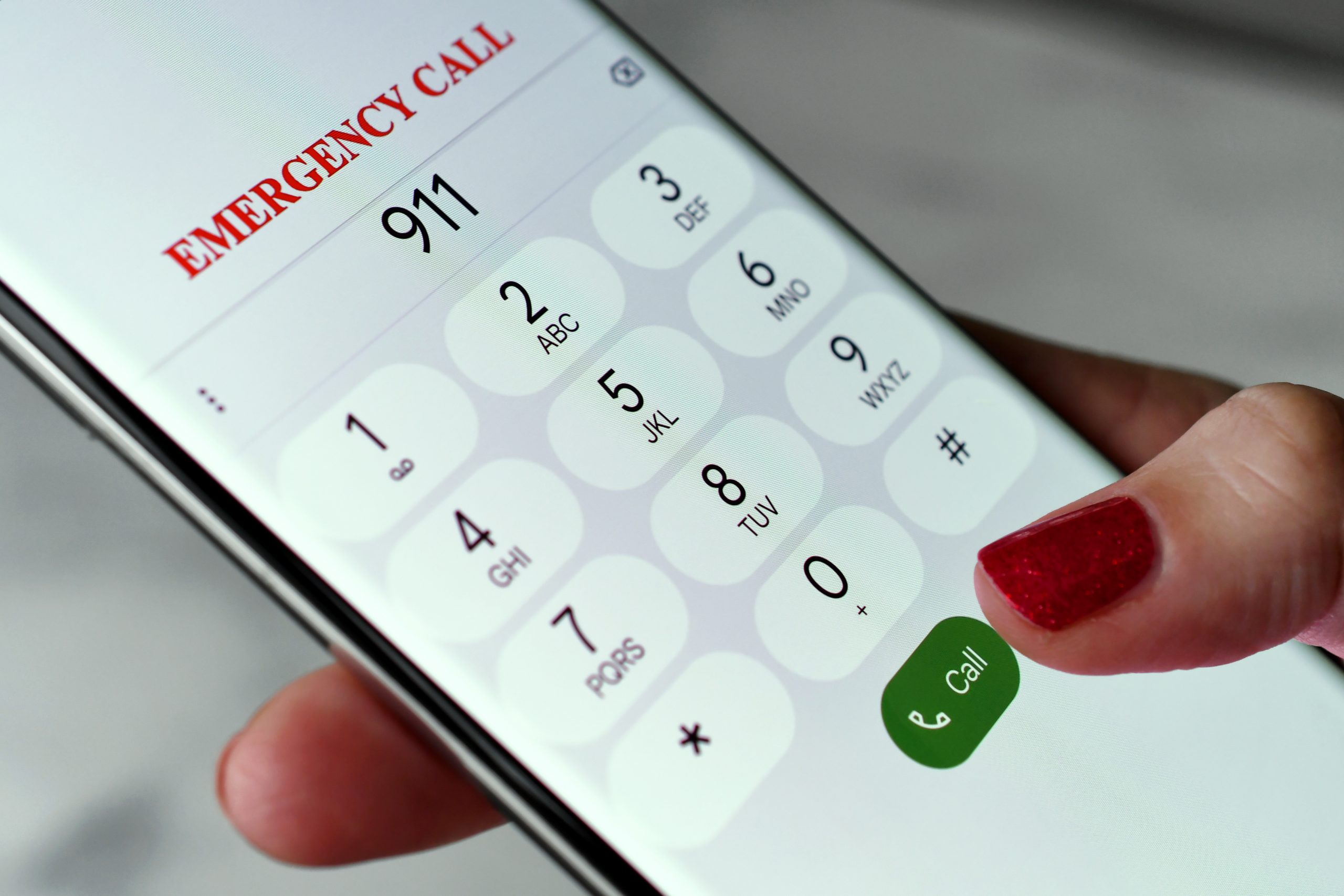Emerging New Technology for Emergency Situations

With the world experiencing unprecedented levels of natural disasters, a new technology for emergency situations is emerging. This is allowing first responders to handle situations faster, safer and more efficiently.
A predictive analytics system is helping emergency managers respond more effectively by giving them insight into where the most urgent calls should be sent. Using information from weather, traffic, and variables such as location, the system will surface recommendations to dispatchers. In turn, they can prioritize the most urgent calls and quickly communicate the necessary data to different city departments.
Drones are being used in a variety of emergency responses, from wildfires to police crowd control. These drones have GPS technology and can easily collect and relay critical information. They are quieter and less costly than helicopters, and can provide better visibility. As they grow in popularity, more drones will be available for use by emergency response teams.
Enhanced video streaming is also being used to provide EMS teams with real-time footage of incidents. They can then use this footage to plan action plans and allocate resources more efficiently. Currently, these technologies are being used in cities such as Cincinnati. It’s predicted that the use of enhanced video streaming will become a key tool for emergency management in the future.
Virtual reality is also becoming an important tool for emergency responders. In some cases, the use of virtual reality is combined with wearable technology to give response teams access to remote assistance. During an earthquake, for example, firefighters could wear a RescueSuit exoskeleton that gives them extra strength. Similarly, in a fire, firefighters could take a guided tour of the scene from the safety of a virtual reality headset. The ability to visualize an area from different perspectives will help the fire fighters understand the situation better.
Another emerging technology for emergency situations is the Internet of Things (IoT). IoT is a network of physical objects embedded with sensors and software. When paired with artificial intelligence, it can be an effective tool in helping emergency managers gather, store, and distribute data from the field.
Aerial robotics are also being developed. They have the potential to transform humanitarian aid. By utilizing advanced technology and robotics, aerial robots can deliver items more rapidly, assess damage and identify survivors, and map the terrain more accurately. Some governments are also considering driverless ambulances, which would reduce the burden on emergency transport services and allow low-risk patients to reach the nearest clinic.
Lastly, artificial intelligence machines are being used to evaluate natural disasters. Artificial intelligence can improve transportation, work processes, and human lives. It can also assist with drug discoveries. Ultimately, this technology will enhance the efficiency of first responders and aid agencies, bringing relief to the affected.
There are many other new technologies for emergency situations. But the most important thing to remember is that this technology is constantly evolving. Whether it’s improving safety, or making it easier to detect incipient catastrophes, it’s a must for the future.


